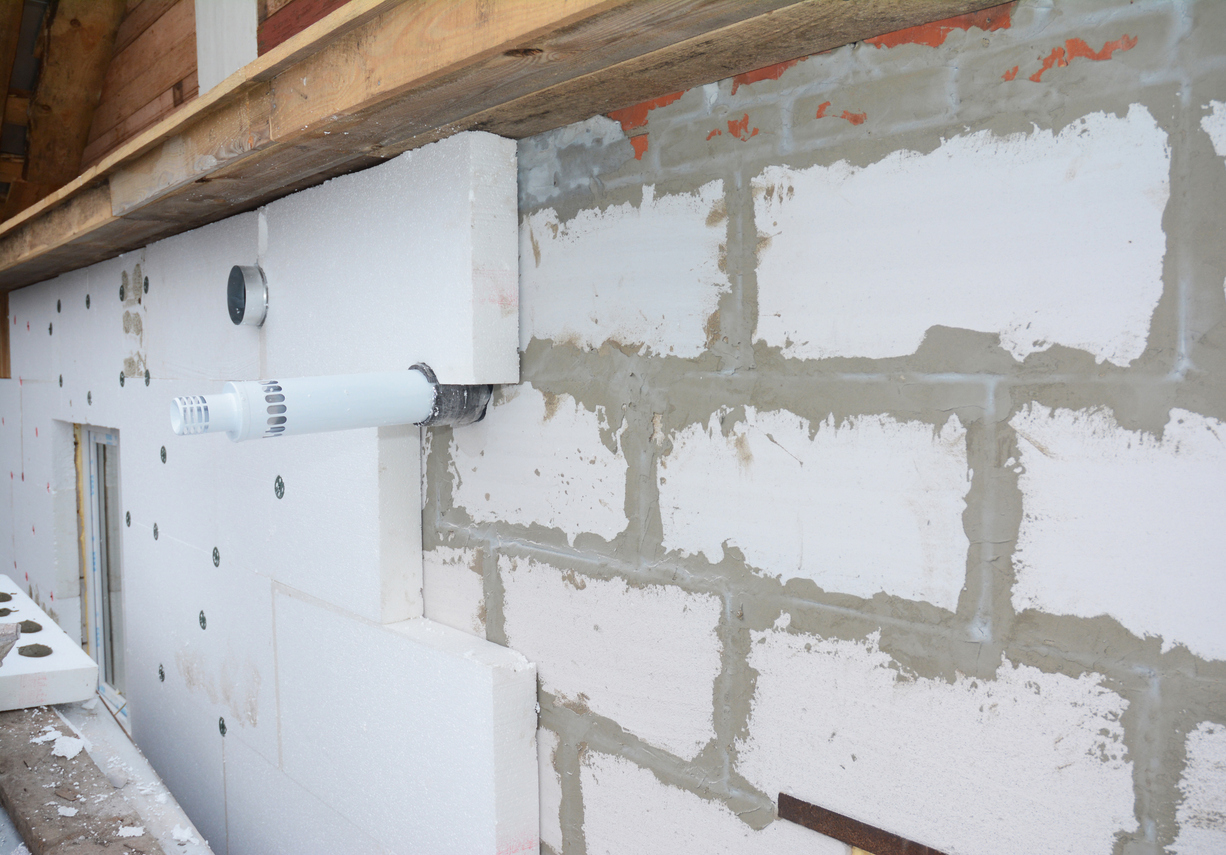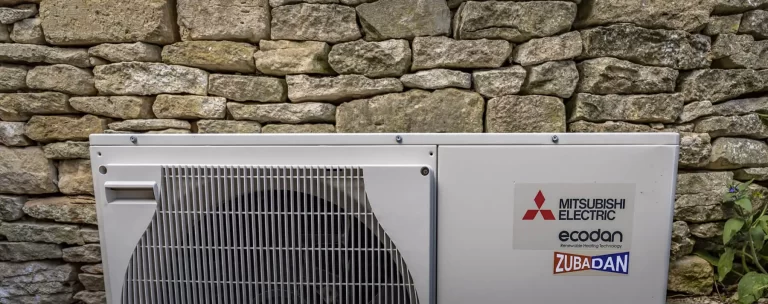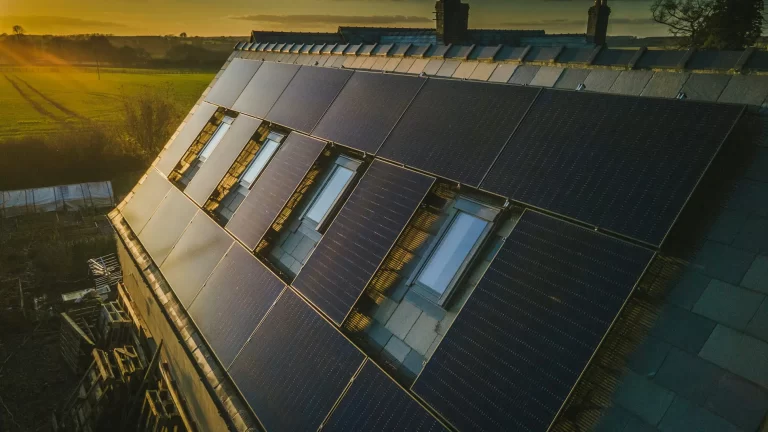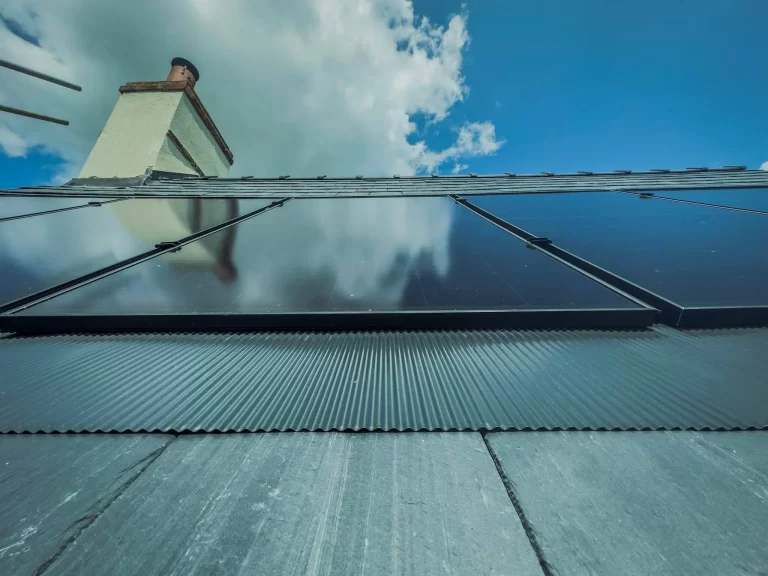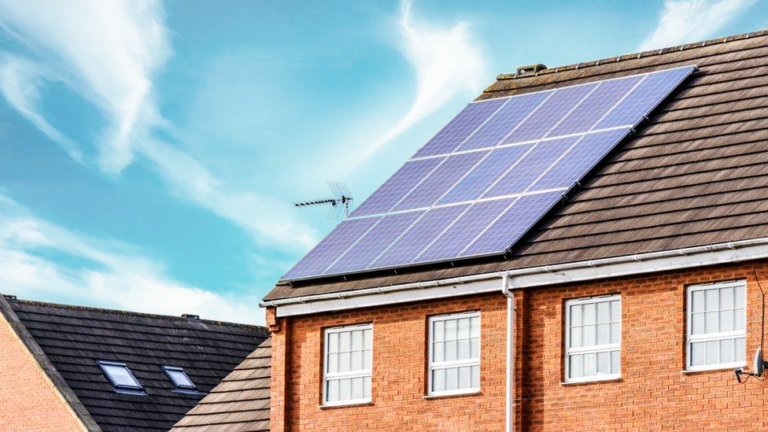Table of Contents
As temperatures soar during the summer months, homeowners often seek ways to keep their homes cool without relying excessively on air conditioning. One method that has gained popularity is external wall insulation.
Traditionally known for its winter benefits, external wall insulation is also effective in the summer. By applying insulation to the exterior walls of a building, whether solid brick, solid, or cavity walls, you create a barrier that helps regulate the internal temperature of your home.
How Does Insulation Work?
To understand why insulation is effective in both warm and cold weather, let’s delve into how insulation actually functions.
Bulk Insulation: Trapping Air for Efficiency
Bulk insulation, such as wool or fibreglass mesh, along with external wall insulation, operates by capturing small pockets of air within the material’s structure. For instance, EPS (Expanded Polystyrene) external wall insulation is composed of 98% air, making it incredibly lightweight.
When air is trapped and immobilised, it becomes an excellent insulator. This process of preventing heat transfer means that whether it is warmer outside or colder, the warm air inside your home will not easily cross this barrier, thus maintaining a stable internal temperature.
Foil Insulation: Reflecting Heat
Another common type of insulation used in homes is foil insulation. Unlike bulk insulation, foil insulation works by using its reflective surface to deflect heat. This type of insulation is often found in loft and roof spaces. Sometimes, a combination of both types is used, with a reflective foil layer surrounding a bulkier wool-like insulation. This combination ensures both the trapping of air and the reflection of heat, enhancing the overall insulating effect.
Advanced Insulation Solutions
A premium solution for external insulation, especially for mitigating the effects of heat in the summer, is wood fibre insulation. This insulation material can be installed with a basecoat and a silicone top coat. Once fully finished, it provides a protective layer against the sun’s heating effects, making it an excellent choice for maintaining a cooler home environment during the hot months.
Installing External Wall Insulation Systems
When it comes to installing external wall insulation, the benefits are significant. This method is particularly effective for homes with solid walls and solid brick walls, which are known for their poor insulation properties. External insulation systems create a barrier that prevents warm air from escaping in the winter and entering in the summer, thus enhancing the overall thermal efficiency of the building.
Internal vs. External Insulation
While internal insulation is an option, external wall insulation offers several advantages. It does not reduce the internal living space and provides a continuous layer of insulation that eliminates cold bridges, which are common in internal insulation methods. By installing external wall insulation, you can ensure that your home remains energy-efficient and comfortable throughout the year.
How to Maximise the Effect of Insulation in Warm Weather
If you have insulated all the critical areas of your home, especially the loft and walls, you will have created a good barrier to prevent heat from entering on a baking hot day. Here are some additional tips to help ensure the heat stays outside and the cool air remains inside.
Managing Solar Gain
Solar gain is one of the primary ways warmth enters a home. When the sun shines on windows, it can significantly amplify the heat inside. To avoid this, use blinds, drapes, and reflective materials on your windows to minimise the impacts of solar gain. This helps keep the internal temperature lower by blocking out the intense sunlight.
Enhancing Air Circulation
Air circulation is crucial for cooling your home, especially at night when the temperatures drop. Open as many windows as you can during the cooler nighttime hours to allow the accumulated heat from the day to escape. If your home is well insulated, including with external wall insulation or insulation boards, it will take longer for the internal temperature to rise once the windows are closed in the morning. This helps maintain a cool environment throughout the morning and into the hottest parts of the day.
Using Fans Wisely
Using fans can help circulate air and make you feel cooler, but it’s important to remember that any electrical device generates heat, which can be trapped by the insulation. To counteract this, turn off all non-essential electrical items. You can also try placing a dish of water or ice in front of the fan for a DIY air conditioning effect. This method cools the air being circulated, providing a refreshing breeze.
Optimising Your Home’s Thermal Mass
If your home features a solid brick wall or other structures with high thermal mass, these can absorb and store heat during the day, and then release it slowly at night. While this can be beneficial in winter, it can pose a challenge in summer. External insulation helps mitigate this effect by trapping air bubbles and creating a barrier that prevents heat transfer, keeping your home cooler during the day.
Final Thoughts
External wall insulation systems play a crucial role in maintaining comfortable indoor temperatures throughout the year. Whether it’s trapping air to prevent heat transfer or reflecting heat away, these insulation methods prove effective in both warm and cold climates. By investing in quality insulation, homeowners not only enhance their comfort but also reduce energy costs and contribute to a more sustainable living environment.

